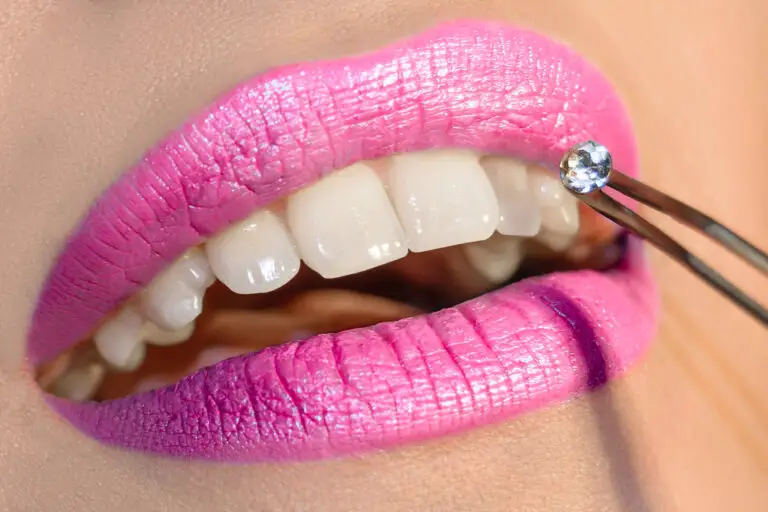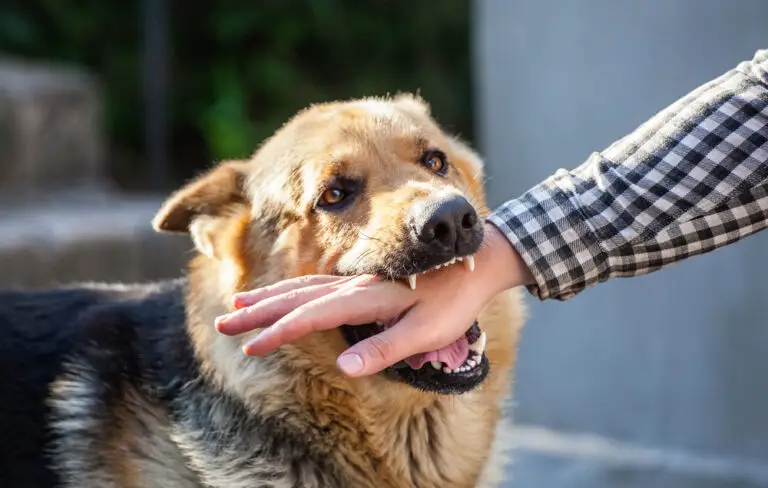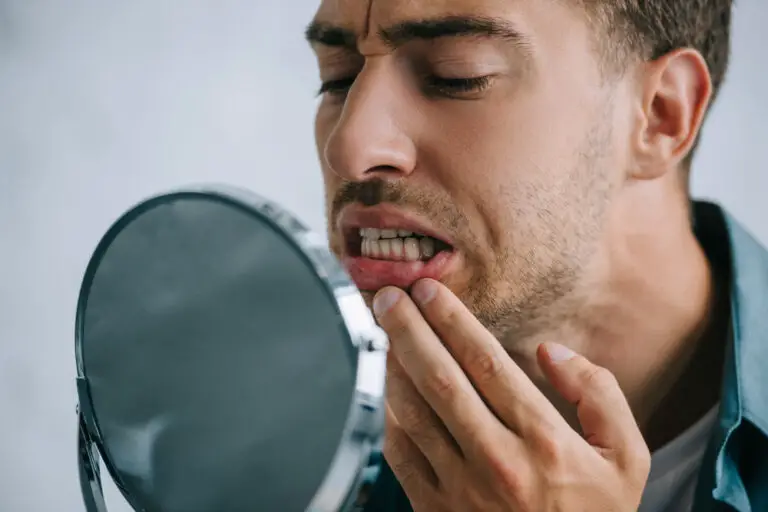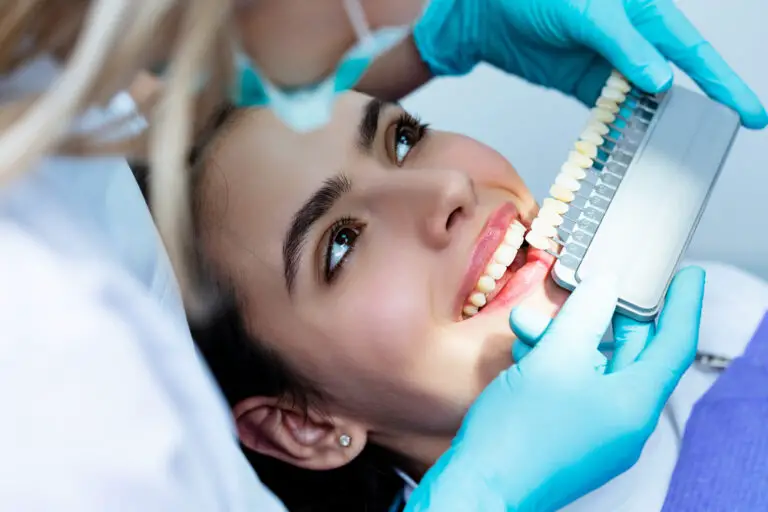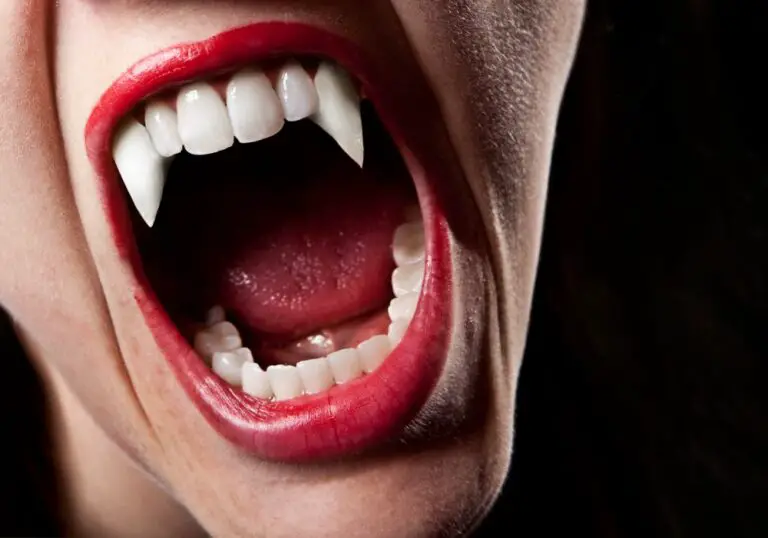The importance of healthy hamster teeth
Hamsters are known for their large front teeth that grow continuously throughout their lifespan. This constant growth is normal and necessary to prevent their teeth from overgrowing. In the wild, hamsters wear down their ever-growing teeth by gnawing on twigs, plants, and other available materials. The abrasive nature of these objects helps file down their teeth naturally.
Domestic hamsters rely on owners providing the right diet and chew items to wear down teeth effectively. When hamster teeth don’t wear down properly through natural grinding activities, they can overgrow and cause numerous health issues.
What causes hamster teeth to become overgrown?
There are several potential causes of hamster dental issues leading to overgrown teeth:
- Genetic predisposition – Some hamster breeds are prone to faster than normal tooth growth or misaligned bites. This makes overgrowth issues more likely.
- Traumatic injury – If a hamster breaks a tooth or injures its mouth, it can disrupt the natural tooth alignment. This prevents even wearing as the teeth grow.
- Poor nutrition – Diets lacking in fibrous foods don’t provide enough grinding action. Pellets and fresh produce alone aren’t abrasive enough.
- Old age – As hamsters age, changes in their tooth structure and alignment can lead to accelerated overgrowth.
- Cheek pouch issues – Problems with the cheek pouches can misalign teeth and affect chewing motions.
- Underlying illness – Systemic health issues may cause nutritional imbalances contributing to dental problems.
Any disruption in the natural growth-wear cycle can allow hamster teeth to overgrow. Without treatment, overgrown teeth lead to a downward spiral of worsening health.
Signs your hamster may have overgrown teeth
It’s important to watch for early signs of dental issues and seek prompt veterinary attention. Warning signs of overgrown hamster teeth include:
- Difficulty eating hard foods – Avoidance of tough, chewy items
- Loss of appetite or reduced food intake
- Drooling – wetness around the mouth
- Face rubbing – pawing frequently at the face and mouth
- Misaligned front teeth – visibly overgrown bottom or top teeth
- Facial swelling – bulging of the cheeks around the problem teeth
- Weight loss due to difficulty eating
- Wet or stained fur under the eyes from increased tear production
- Behavioral changes – lethargy or irritability from mouth pain
If you notice any of these issues in your hamster, schedule a veterinary exam right away. The sooner overgrown teeth are addressed, the better the outcome. An experienced exotics vet can determine if trimming is needed.
Professional trimming procedures performed by vets
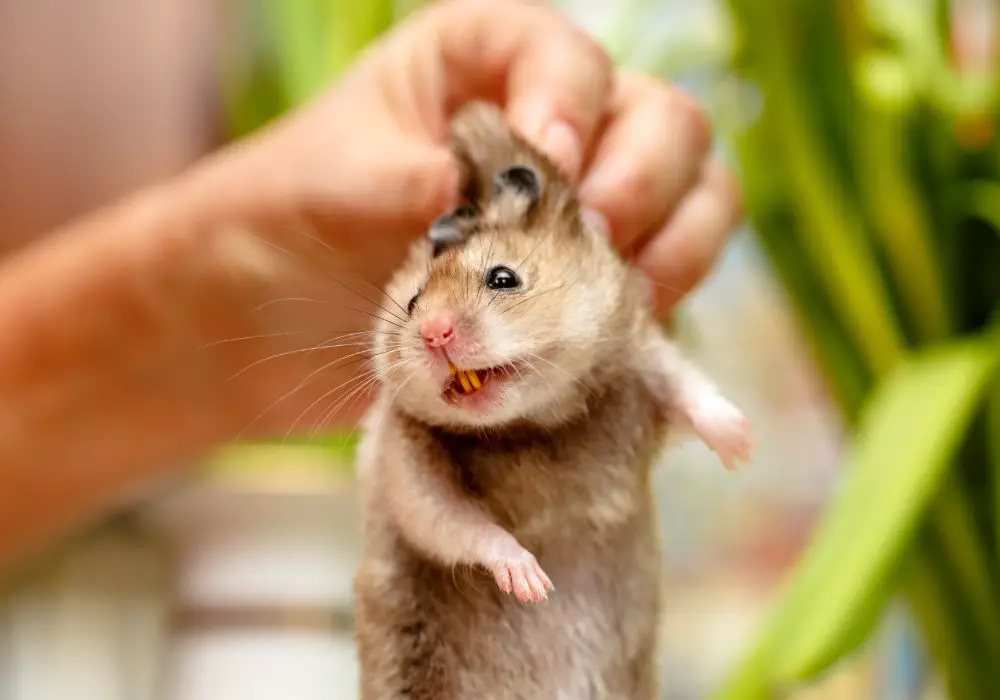
It’s never advisable for owners to try trimming a hamster’s teeth themselves. Proper trimming requires specialized tools, training, and keeping the hamster fully immobilized under anesthesia.
Here is an overview of the process veterinarians use to trim overgrown hamster teeth:
- The hamster is placed under general gas anesthesia, usually using isoflurane. This ensures the hamster stays still and doesn’t injure itself during the procedure.
- The vet conducts a thorough oral exam to assess which teeth need trimming and to what extent. They also check for any other dental issues requiring treatment.
- Using a high-speed dental drill or rotary grinding tool, the vet smooths and shortens the overgrown teeth to the proper alignment and length. This is a very controlled process.
- After trimming, a sealant gel is often applied to the teeth to calm any irritation from the drilling action. The vet verifies all teeth are properly aligned.
- The hamster is monitored closely until fully recovered from anesthesia, normally within 1-2 hours.
- Post-procedure home care instructions are provided, often including a soft diet for several days.
In some cases, follow-up trimming sessions may be needed if teeth regrow very rapidly. But for most hamsters, a single trimming resolves the overgrown condition once the underlying problem is addressed.
Hamster dental trimming costs
As a specialty veterinary treatment, dental overgrowth trimming usually ranges from $250-$500 per procedure. Cost is higher for more extensive trimming or if tooth extraction is required.
Factors affecting the total fees include:
- Initial exam – $50-$150
- Anesthesia – $100-$250
- Dental trimming – $75-$300
- Medications – $25-$50
- Follow-up exams – $50-$100
Prices vary greatly based on your geographic location, the individual vet clinic, and the severity of your hamster’s dental issues. Be sure to get an estimate before authorizing the trimming procedure.
Recovery and aftercare following dental work
Once your hamster’s overgrown teeth are professionally trimmed, there are some important aftercare steps:
- Closely monitor food and water intake as the effects of anesthesia wear off. Make sure the hamster is eating softened foods readily.
- Provide soft, wet foods for 4-7 days to allow the mouth proper healing time before giving hard, crunchy items again.
- Administer any prescribed pain medication as directed by your vet. Hamster-safe options include meloxicam or tramadol.
- Check the hamster’s teeth periodically to ensure proper alignment is maintained post-trimming. Schedule regular wellness exams with your exotic vet.
- Slowly reintroduce fibrous gnawing items after several days to help re-establish normal wear patterns as the teeth regrow.
- Continue feeding a well-rounded diet with crunchy foods and chews to support dental health. Limit sugary fruits and soft foods.
Following these aftercare steps promotes smooth healing and recovery for the hamster’s mouth and teeth. Notify your vet promptly if you notice any renewed dental issues or eating problems.
Potential risks and complications
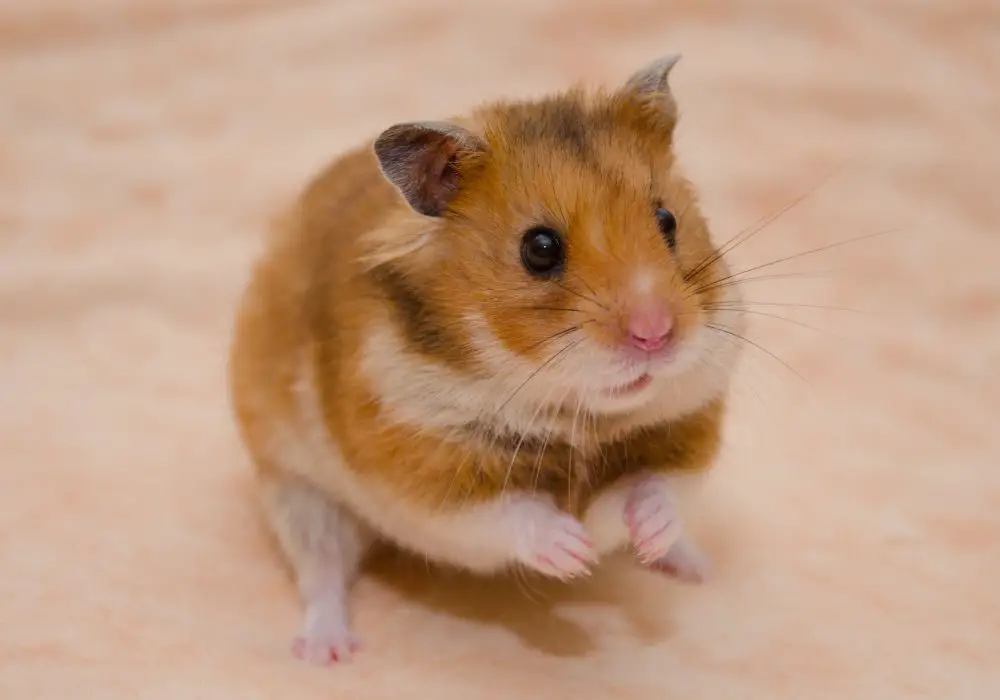
While relatively safe when performed by an experienced vet, some risks associated with hamster dental procedures include:
- Infection from bacteria entering the trimmed mouth tissues
- Further misalignment of newly trimmed teeth
- Fracture or pulp exposure if trimming is too aggressive
- Post-anesthesia gastrointestinal issues
- Damage to the cheeks or gums from the grinding tool
- Tooth regrowth necessitating repeat trimming
Serious complications are uncommon when proper protocols are followed. Discuss the risks as they pertain to your hamster’s specific case when talking with your vet. Most hamsters tolerate trimming well and return to normal functioning once overgrown teeth are reduced.
Solutions for preventing overgrown hamster teeth
While genetics play a role, there are ways owners can promote proper dental wear and minimize overgrown teeth:
- Feed a diet with ample rough, fibrous foods – good options include timothy hay, dried grasses, organic chews. Avoid too many soft fruits and veggies.
- Provide hard wooden chew blocks, sticks, and other dental toys. Natural tree wood is safer than plastic.
- Check teeth weekly for any overgrowth, and have your vet examine twice yearly. Early intervention prevents worsening.
- Address potential sources of trauma or infection that could affect tooth alignment.
- Ensure proper nutrition and hydration to support dental and overall health.
Following these dental care guidelines can help reduce the risk of your hamster developing troublesome overgrown teeth requiring veterinary correction. But even with great care, some hamsters may still need trimming due to hereditary tooth issues.
Can a vet trim overgrown hamster teeth?
In summary, veterinarians are able to perform effective trimming procedures on overgrown hamster teeth. This should only be done by experienced exotics vets, under anesthesia, using proper specialized tools.
While the process may seem intense, proper trimming by a vet allows the hamster to regain normal dental function. This restores their ability to comfortably eat a natural diet again. With vigilance and proactive dental care, overgrown teeth can often be prevented or addressed promptly before extensive trimming is required.
Frequently asked questions
How long does it take for hamster teeth to regrow after trimming?
Hamster teeth regrow at variable rates depending on the individual animal. Most will start showing noticeable regrowth in 1-2 weeks after dental work. Full regrowth to previous length can take 4-8 weeks.
Can hamster teeth fall out if overgrown?
Severely overgrown hamster teeth may eventually fall out on their own if left untrimmed. However, this causes significant pain, infection risk, and other medical issues. It’s important to have overgrown teeth treated professionally.
Do hamsters’ teeth stop growing at some point?
No, a hamster’s teeth grow continuously throughout their entire life span. The teeth grow at variable rates based on genetics, diet, and overall mouth alignment. Proper dental care helps wear teeth down evenly as they grow.
Should I offer soft foods after my hamster has its teeth trimmed?
Yes, feeding soft wet foods for several days after a dental procedure allows the hamster’s mouth to heal before going back to harder foods. Then gradually reintroduce dry pellets and tough chew items.
How can I prevent overgrown teeth at home?
Feed a fibrous diet with crunchy pellets and lots of timothy hay. Also provide hard wooden chews. Avoid soft, smooth treats and foods. Check teeth regularly for overgrowth and take your hamster to the vet at the first sign of issues.


